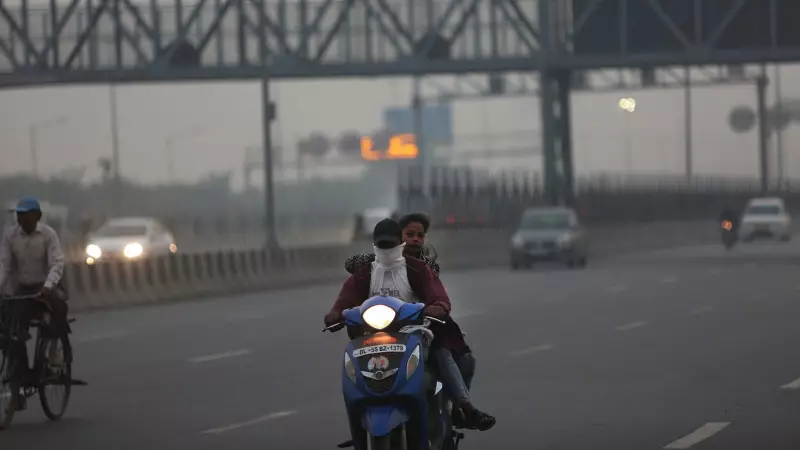
As Delhi continues to choke under a thick blanket of smog with Air Quality Index (AQI) levels hovering between 400 and 500—firmly in the 'severe' category—millions of residents are desperately seeking respite. This environmental crisis highlights a stark contrast within India, where several states boast remarkably cleaner air, offering a blueprint for sustainable living and ecological preservation.
The Clean Air Havens: Real-Time AQI Data
While the northern plains, home to nearly 544 million people, face a potential five-year average loss in life expectancy due to persistent pollution, data from November 14, 2025, reveals a different story in India's northeastern and Himalayan regions.
Arunachal Pradesh reported a 'moderate' AQI of 98. Meanwhile, Meghalaya showed an even better reading of 52, also categorized as 'moderate'. The standout performer was Sikkim, which enjoyed 'good' air quality with an AQI of just 46. Not far behind, Mizoram and Tripura recorded AQI levels of 53 and 57 respectively, both falling in the 'moderate' range.
Why Do These States Breathe Easier?
Dr. Manas Mengar, Consultant Pulmonology at Thane's KIMS Hospitals, explains the science behind these regions' cleaner air. "Some regions continue to bask in cleaner air because there, nature remains a powerful influence," he states.
The combination of geographical advantages and sustainable practices creates a perfect recipe for clean air:
- Natural Air Purifiers: Thick forests act as gigantic air purifiers, absorbing pollutants and releasing clean oxygen
- Mountain Benefits: Natural airflow in mountainous regions prevents pollutants from settling
- Lower Population Density: Fewer vehicles, minimal construction, and scant industrial activity
- Slow Urban Growth: Controlled development combined with abundant greenery maintains air quality
Understanding Air Quality and Health Impacts
According to Central Pollution Control Board (CPCB) standards, AQI categories range from 0-50 ('good') to 401-500 ('severe')—the category where Delhi currently finds itself trapped.
Dr. Mengar elaborates on the health consequences: "Breathing polluted air forces the lungs to work harder every single day. Tiny particles from traffic fumes, burning waste, dust, and industrial smoke irritate the airways, making breathing less efficient."
The most dangerous particles are the smallest ones, which travel deep into lungs and can enter the bloodstream, affecting heart function, increasing inflammation, and weakening immunity. Children and older adults experience these effects sooner, but even healthy individuals can develop reduced stamina and frequent throat infections with prolonged exposure.
Survival Guide for Delhi's Pollution Crisis
For those living in severely polluted areas like Delhi, Dr. Mengar recommends several protective measures:
- Wear N95 masks when outdoors
- Avoid early-morning and late-evening outdoor activities when smog peaks
- Keep doors and windows shut on high-pollution days
- Use air purifiers at home, especially in bedrooms
- Drink plenty of water to help flush out toxins
- Wash face and rinse eyes after returning home
- Include antioxidant-rich foods like oranges, amla, nuts, and green leafy vegetables
- Move workouts indoors when air quality deteriorates
- Monitor AQI before planning travel
- Keep air-purifying indoor plants like snake plants and peace lilies
The stark contrast between Delhi's severe pollution and the clean air in states like Sikkim and Meghalaya serves as a powerful reminder that sustainable living practices, lower emissions, and ecological preservation can still ensure fresh air—a luxury that has become increasingly elusive for millions in India's urban centers.





